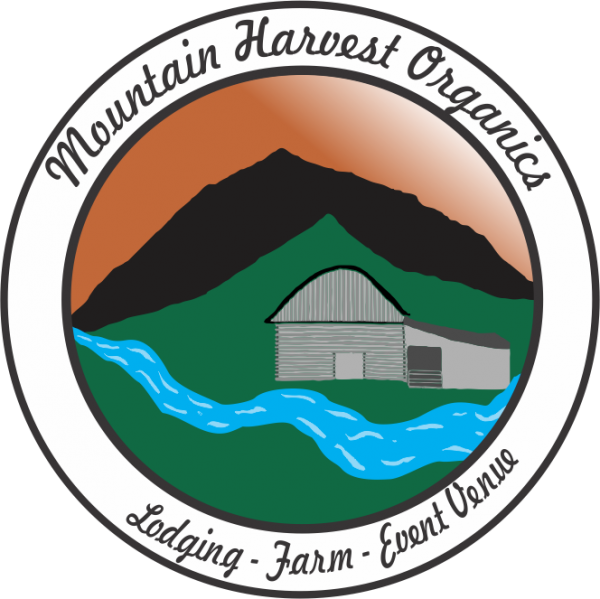Projects, WP Migration
Please comment on the Food Safety Act by Nov 15th!
The comment period for the Food Safety Modernization Act (FSMA) is open until November 15th. We should have let everyone know about this a couple weeks ago because time is running out and we need your help in protecting America’s small highly diversified farms. So PLEASE RESPOND to voice your opinion. You will find procedures in how to comment at CFSA’s website, and just so you know, CFSA was the organization who “Certified” us organic before the National Organic Program (NOP). The FSMA is mostly concerned about “Safe” food therefore not putting a lot of emphasis on “Healthy” food. Healthy food to us means so many different things with a few of those being; food grown without conventional herbicides and pesticides, food grown sustainably in protecting our soil and water supply, food grown locally thus increasing the nutritional value all the while reducing our carbon footprint.
According to those spearheading the FSMA rules and regulations, “Safe” food, is eliminating any chance of food borne illness entering the food supply. Would you believe those folks making the rules think that we shouldn’t have deer running through the fields, working dogs on rodent control for mice/voles/groundhogs, birds flying over the fields or livestock animals on the farm.
We all need to find a balance in keeping food both Safe and Healthy. Perhaps we all should have a little “risk” in our life and expect that a bird just might drop a turd on your kale (Good thing there is no kale this week!) We think that the consumer should be able to choose who to buy their food from. If you decide to buy your food from a farm with biodiversity and want to risk a bird turd or dog urine, than so be it, you should be able to make that choice. Biodiversity is key for a sustainable operation, and to us, a highly diversified farm is the most environmental friendly.
One of the biggest issues we have wtih the FSMA proposed rules is that we would be required to test our water every 7 days. That is because we irrigate from Meadow Fork Creek, which by the way, is high quality water, and I can’t every imagine that it would make us sick. We swim in this creek after all. It is not feasible for a small operation like ours to test water so frequently so we highly recommend that the FSMA exempt small farms earning under $2,000,000 from regulation.
Another big issue with our farm in regards to FSMA is the time proposed between spreading manure and growing crops. We at MHO raise pastured poultry, just so the chickens can poop on the ground where your food is grown adding good wholesome fertilizer, but the proposed standards would require nine months after we run chickens across the land before we could grow food on that land. The practice of growing food with manure is an ancient technique and one that should be preserved. We should recommend that the FSMA adopt the National Organic Program standards which require 120 days between spreading manure and growing crops.






